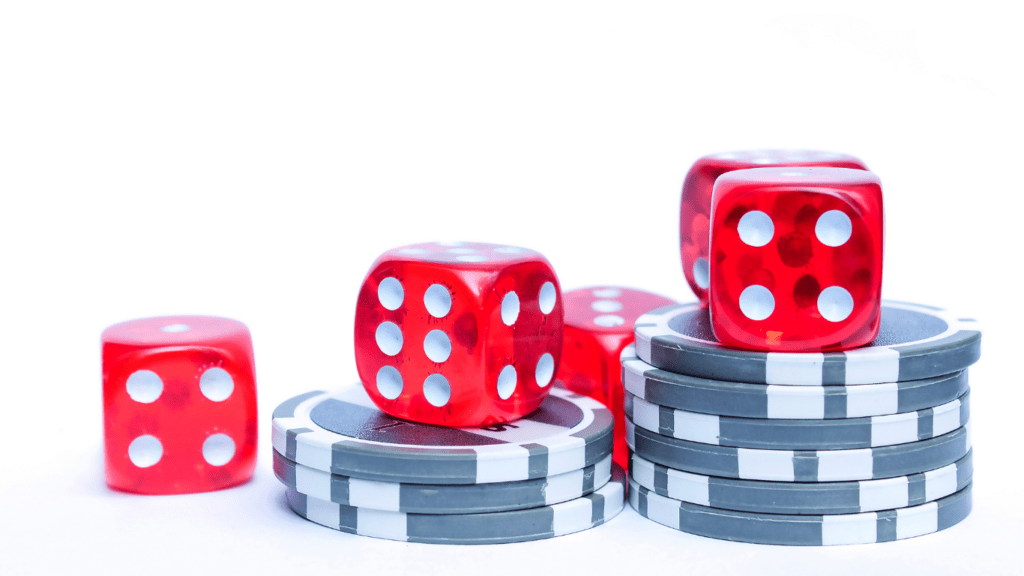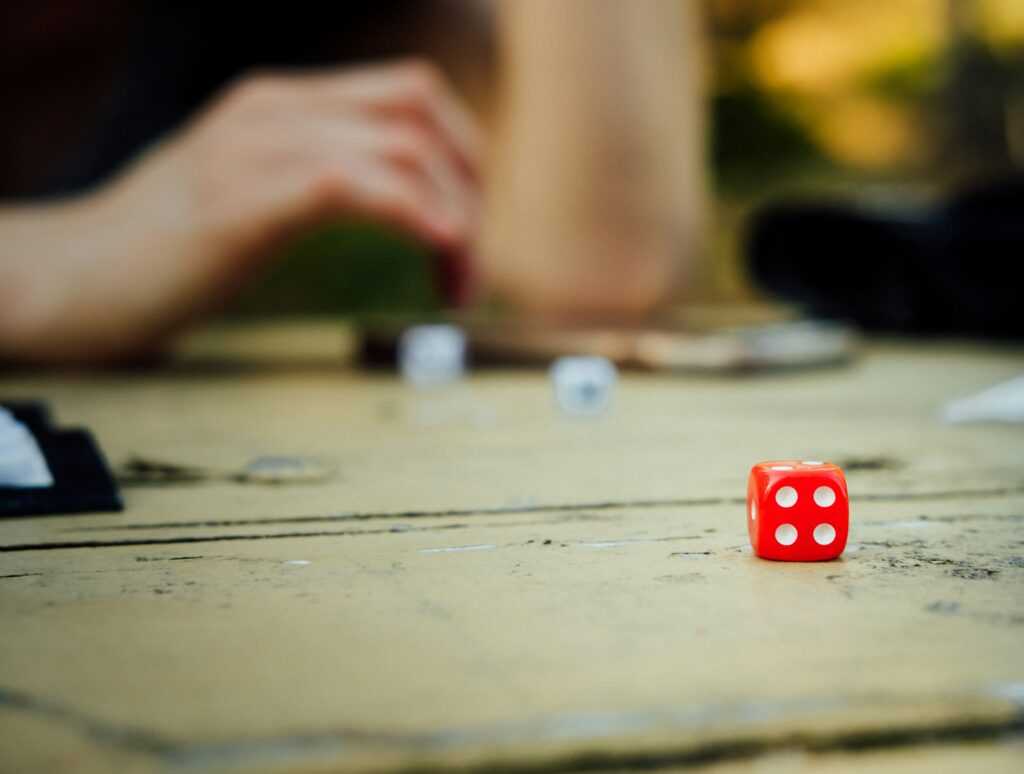Understanding Dice Control
Dice control, often called precision shooting, aims to reduce the randomness in craps by influencing the outcome with controlled techniques.
The Concept Behind Dice Control
Dice control involves carefully gripping, setting, and throwing the dice to achieve a desired result. Players adopt a consistent throw method, ensuring the dice rotate minimally and land softly on the table. This technique focuses on reducing the number of unknown variables during the roll. By doing so, skilled players claim they can slightly affect the outcome, increasing the probability of favorable numbers. The overall goal isn’t to guarantee winning rolls but to tilt the odds marginally in their favor.
History and Origin of Dice Control
The notion of dice control dates back decades, emerging as a controversial topic among craps enthusiasts. During the mid-20th century, casino players began exploring throwing methods that could counteract the house edge. The practice gained mainstream attention through publications and courses by figures like Stanford Wong and Dominic LoRiggio. Wong’s book “Wong on Dice” and LoRiggio, known as “The Dominator,” popularized the idea, sparking debates on its legitimacy. While scientific communities question its feasibility, dice control persists as an intriguing strategy in craps culture.
Mechanics of Dice Control
Dice control in craps aims to influence the game’s outcome through precise techniques. It’s a method where the player’s skill can potentially alter the odds.
Proper Grip and Dice Setting
- A consistent grip is essential for controlling dice.
- Players prefer using a grip that minimizes finger contact, often called the three-finger grip, for stability.
- The dice setting involves arranging the dice in specific orientations, such as the 3-V or Hardway set, to optimize control.
- Effective setting ensures the dice leave the player’s hand in a uniform manner, reducing randomness.
The Throwing Technique
The throwing technique focuses on achieving a controlled toss. I concentrate on releasing the dice smoothly with minimal force [by utilizing a gentle wrist motion], aiming for a soft landing against the back wall. A low arc and little spin help maintain the set orientation mid-air. Consistency in throws is crucial as it enhances the predictability of dice behavior upon landing, which is key to dice control.
Evaluating the Effectiveness
Assessing the impact of dice control draws on expert insights and player anecdotes. While the mechanics appear promising, real-world success varies.
Expert Opinions and Studies
- Experts have debated the practicality of dice control.
- Some assert that controlled throws can alter odds, citing physics principles.
- Anthony Curtis of the Las Vegas Advisor notes that while the concept intrigues, casinos often remain unconvinced of its efficacy (Curtis, 2023).
- Few formal studies exist, yet those that do, such as Wong’s analysis, suggest only minor advantages.
- Critics argue that environmental factors like table conditions and dice imperfections hinder consistent results.
Real Player Experiences

Players have shared mixed outcomes. Some report improved odds and occasional wins, attributing success to consistent practice. A player on a craps forum mentioned achieving a soft landing technique, which seemed to influence results, but acknowledged variability in success (CrapsForumUser, 2023). Others describe limited benefits, with controlled throws offering perceived control rather than measurable advantages. Ultimately, experiences seem subjective and individual success rates inconsistent.
Legal and Ethical Considerations
Dice control fascinates many, yet raises questions regarding its legal and ethical implications. Here, I examine how casinos view this technique and what ethical concerns arise from its practice.
Casino Policy on Dice Control
Casinos maintain strict regulations to ensure fairness, and dice control often tests these boundaries. The primary rule in craps requires dice to hit the back wall, ensuring a random outcome. If players consistently exhibit non-random results, casinos take notice. Some casinos might scrutinize players employing dice control, perceiving it as a breach of fair play. If a player consistently uses a controlled throw, a casino could ask the individual to alter their method or even leave the table.
Ethical Implications
Engaging in dice control raises ethical questions about fairness in gambling. While the technique isn’t illegal, its use can blur the line between skill and manipulation. Some argue that players using controlled throws exploit a loophole, potentially disadvantaging others who rely on pure chance. This practice might create an imbalance, favoring those skilled in dice control over casual players. In a game where randomness is central, maintaining an ethical stance is crucial to preserving the game’s integrity and ensuring all players compete on an equal footing.
Alternatives to Dice Control
Exploring other methods in craps is essential when considering dice control’s skeptics and its mixed success rates. Here’s a look at some alternative strategies that can enhance gameplay.
Betting Strategies
Betting strategies offer a structured approach. The “Pass Line Bet” is a straightforward option. Players win if the shooter rolls a 7 or 11, or lose with a 2, 3, or 12 on the come-out roll. Another classic is the “Come Bet”, which functions like the Pass Line but can be made anytime.
Popular methods like the “Martingale System” involve doubling bets after each loss, aiming to recover past losses with a single win. Although risky, it suits those with ample bankrolls. The “Paroli System” emphasizes positive progressions, doubling the bet after each win up to three times, then resetting.
Probability and Odds
Understanding the mathematical foundation is crucial. Craps is heavily influenced by probability, and gauging odds informs player decisions. For example, dice combinations equate to different probabilities: rolling a 7 is most common with six possible outcomes, while rolling a 2 or 12 has just one.
The “Lay Bet” allows bets against specific numbers, with payouts varying based on likelihood. The “Odds Bet” is free from house edge, available after a Pass or Come bet, and pays true odds. By leveraging probability knowledge, players can make informed bets that align with the likelihood of specific rolls, enhancing decision-making skills.
These alternatives to dice control provide structured ways to engage with craps, reducing reliance on physical manipulation.



 Community Engagement Manager
Raymundo Stricklandics serves as the Community Engagement Manager for Dice Gamblers Deal, where he is dedicated to creating meaningful connections with the platform’s audience. His role focuses on fostering an active, engaged community of players by interacting with readers, answering their questions, and ensuring their experience with the site is both enjoyable and informative. Raymundo is deeply passionate about building relationships with fellow gambling enthusiasts, whether through social media, email communications, or direct interaction on the site’s forums. He works tirelessly to ensure that the platform not only provides valuable information but also offers a supportive space where players can share their experiences, tips, and success stories. Raymundo also plays a key role in customer support, addressing user inquiries and providing personalized advice to help players navigate the world of table games and betting strategies.
Community Engagement Manager
Raymundo Stricklandics serves as the Community Engagement Manager for Dice Gamblers Deal, where he is dedicated to creating meaningful connections with the platform’s audience. His role focuses on fostering an active, engaged community of players by interacting with readers, answering their questions, and ensuring their experience with the site is both enjoyable and informative. Raymundo is deeply passionate about building relationships with fellow gambling enthusiasts, whether through social media, email communications, or direct interaction on the site’s forums. He works tirelessly to ensure that the platform not only provides valuable information but also offers a supportive space where players can share their experiences, tips, and success stories. Raymundo also plays a key role in customer support, addressing user inquiries and providing personalized advice to help players navigate the world of table games and betting strategies.
